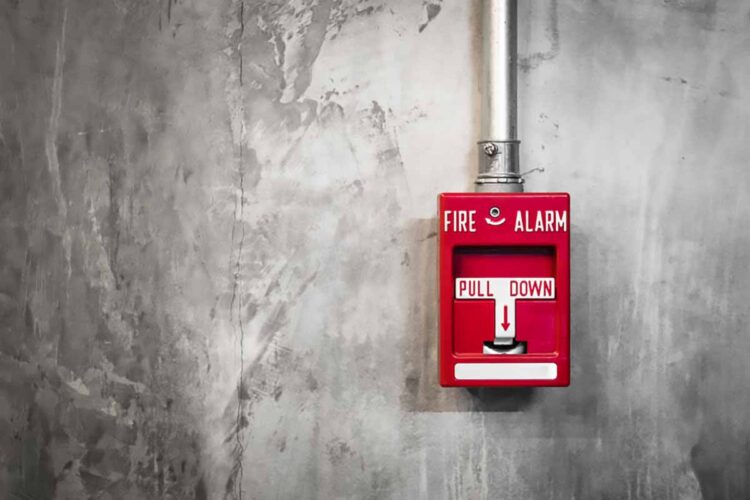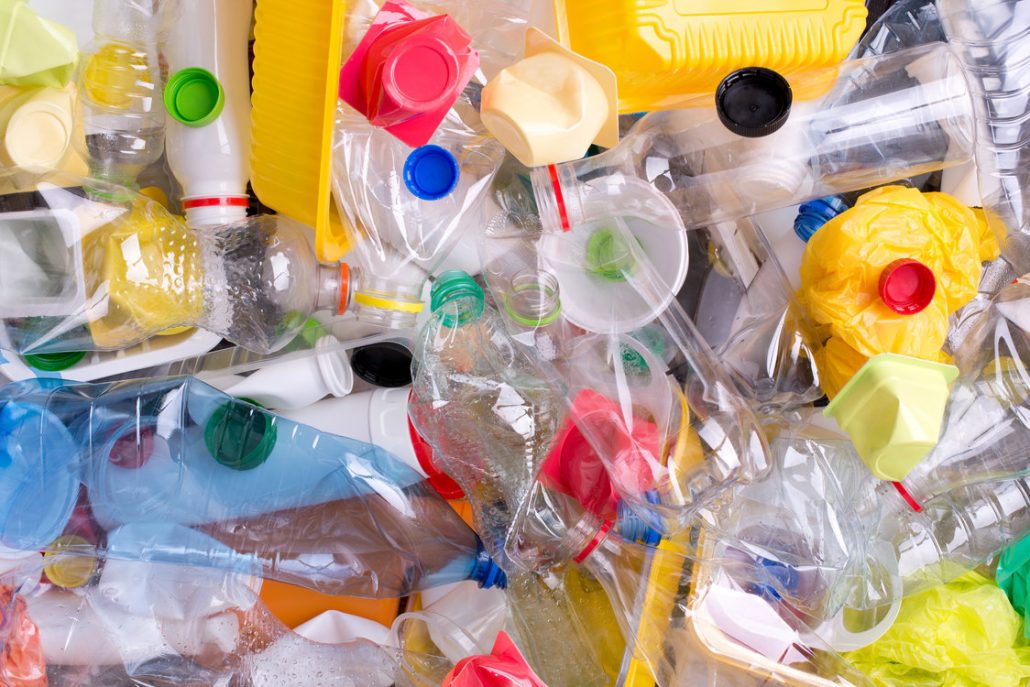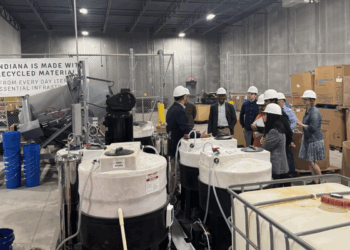After charting a global increase in e-scrap facility fires caused by damaged batteries, experts published a handful of key recommendations for preventing thermal events.
The Brussels-based Waste Electrical and Electronic Equipment Forum (WEEE Forum) this month published “Recommendations for Tackling Fires Caused by Lithium Batteries in WEEE.” The report follows the group’s 2020 examination of the frequency and intensity of fires caused by electronic devices in recycling facilities.
“The number of batteries with a high energy density in the devices is on the rise, which also increases the risk of future incidents and thermal events in recycling or handling these appliances,” the 2020 report noted.
In its new release, the WEEE Forum, which represents three dozen electronics producer responsibility organizations around the world, developed recommendations for its members, municipalities and policymakers.
The recommendations include measures to improve battery identifiability, removability, protection, handling and storage, and more. There are recommendations for improvement in all stages of battery management: design, collection, logistics, pre-treatment and final treatment.
But the WEEE Forum emphasized none of these are sufficient on their own to prevent fires.
“There is no magic formula that will reduce to zero the risk of fires caused by WEEE containing batteries,” the report stated. “It is critically important that a range of actions are taken in all steps of the life cycles of both electronic devices and lithium batteries: from design to disposal of WEEE and batteries and including handling, transport and treatment.”
In the design phase, the report recommends a slew of labeling improvements, including greater label communication that a product contains a battery and details about the battery type, design changes to ease battery removability, battery redesign to increase the use of flame retardants and other in-battery safety measures, and more.
Some of the collection improvements include creating designated receptacles for lithium-ion battery devices at collection locations, separating battery-containing devices from other e-scrap, and developing emergency management plans.
In e-scrap processing facilities, the report recommends specific staff training to identify and properly handle batteries, designated short- and long-term storage areas with specific safety protocols for battery-containing devices, emergency management plans and infrastructure, and more.
The report provides case studies demonstrating the efficacy of some of the recommended measures.
The WEEE Forum also noted that batteries present fire threats outside the e-scrap sector. For example, battery fires have become a major problem in municipal recycling facilities. The WEEE Forum study from 2020 cited an Austrian report that found mixed municipal waste in that country contains, on average, one to two lithium-ion batteries per ton.


























